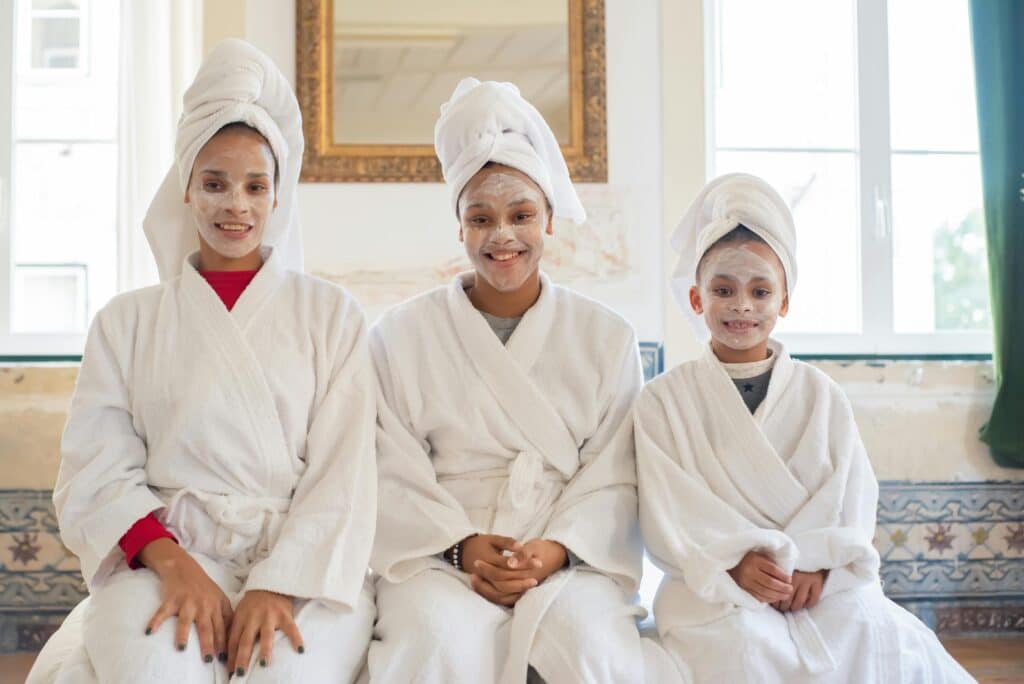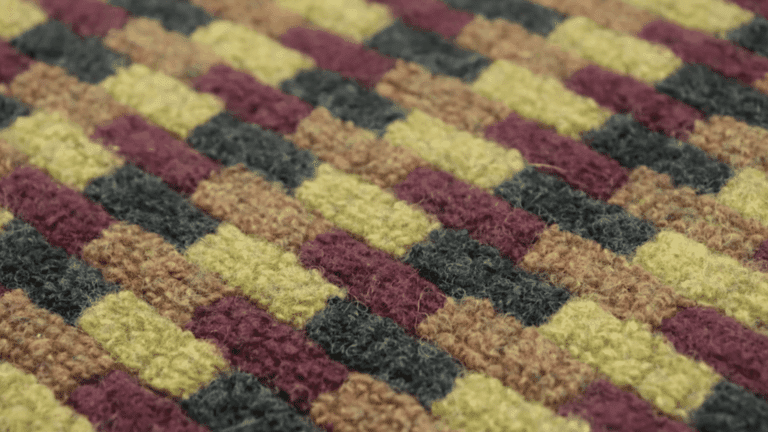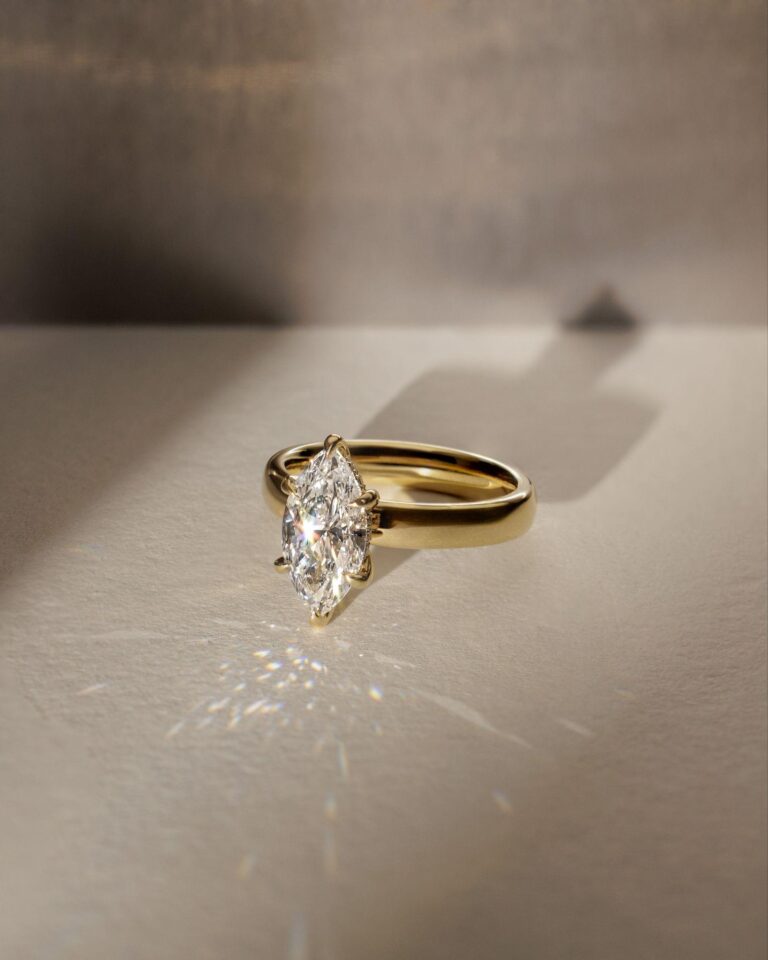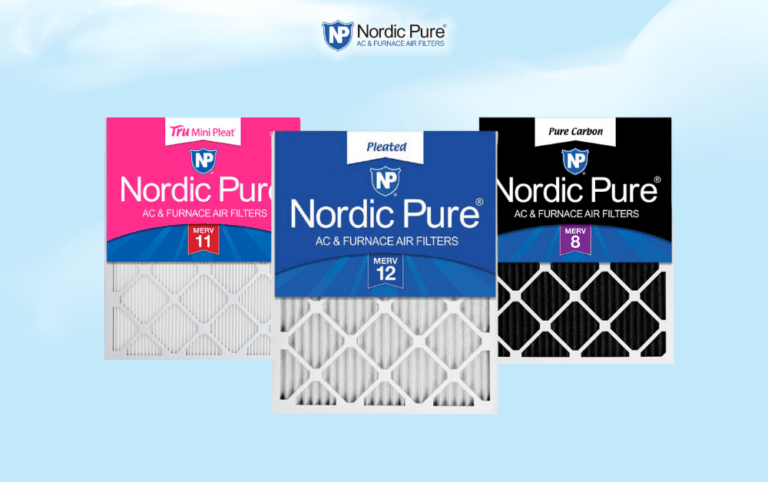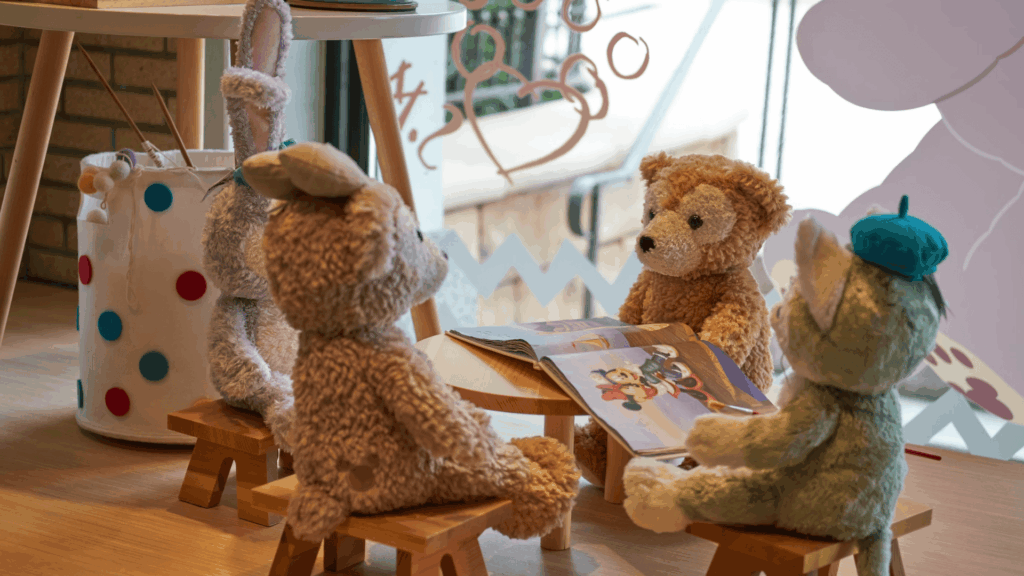In today’s digital age, children and teenagers are growing up faster than ever, and one area where this acceleration is clearly visible is skincare and beauty. What was once considered a routine for adults or perhaps older teens has now become a full-blown trend among preteens. Children as young as nine or ten are now using beauty products and skincare routines influenced by viral TikTok videos, celebrity endorsements, and popular social media content. While self-care and hygiene are undeniably good habits to develop early, there is growing concern that many children are starting too young, using products that are inappropriate for their age, and being misled by digital trends rather than professional advice. This is where the role of parents becomes more critical than ever—not to restrict, but to educate, guide, and support their children through the noise of online influence.
How Social Media Is Shaping Teen Behavior
Many kids today don’t just want to wash their faces; they want entire routines. They see their favorite influencers using cleansers, serums, toners, face masks, and moisturizers, sometimes with complicated 10-step regimens. These routines are often based on adult skin types and concerns like aging, sun damage, or hormonal acne—issues that do not apply to children. Yet, because these influencers package wholesale skincare as glamorous and essential, kids are eager to replicate what they see online. Unfortunately, most of these young consumers don’t realize that strong ingredients like retinol, salicylic acid, and glycolic acid can be far too harsh for their sensitive skin. This leads to a dangerous situation where children unknowingly damage their skin barrier or develop allergies and sensitivities due to products they never needed in the first place. Parents might not even be aware of what their children are applying daily, especially if these routines develop silently through online exposure and peer influence at school.
The Pressure to Fit In
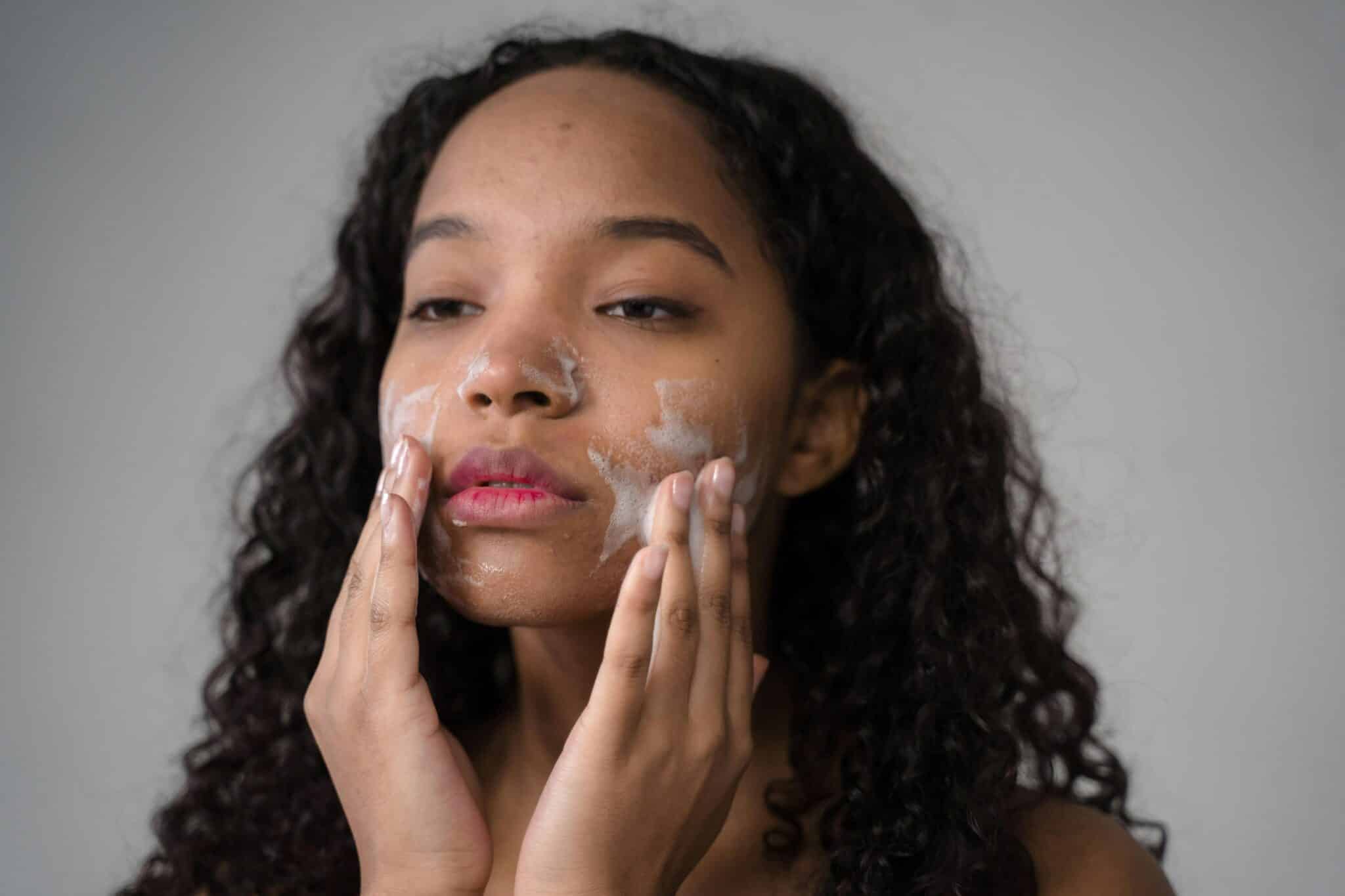
The pressure to fit in is real. Children today don’t just face pressure from classmates—they face it from an endless feed of social media posts that create unrealistic beauty standards. Smooth, glowing, “glass” skin is idolized, and teenagers often feel that they need to achieve the same perfection to be accepted or liked. The truth is that these images are often filtered, edited, or professionally lit. But kids, in their impressionable years, don’t always understand that. They just see perfection and want to mimic it. This makes it vital for parents to initiate open and judgment-free conversations about what children are seeing online. Instead of immediately saying “no,” it’s helpful for parents to ask questions like, “Why do you want to use this product?” or “Who told you this would help your skin?” These conversations build trust and allow children to feel heard while also giving parents a chance to educate them on safe and age-appropriate choices.
What Skincare Routine Is Safe for Children?
If a child genuinely wants to start a skincare routine, parents shouldn’t dismiss it altogether. Skincare, after all, is a part of hygiene, and curiosity is natural. But the routine must be simplified and tailored to their young, delicate skin. For most preteens and young teens, a basic three-step routine is more than enough: a gentle cleanser to remove dirt and oil, a lightweight moisturizer to keep the skin hydrated, and a broad-spectrum sunscreen to protect from UV damage. These are safe, effective, and beneficial for all skin types and ages. There is no need for anti-aging serums, chemical exfoliants, or powerful acne treatments unless specifically recommended by a dermatologist. Brands that market to young skin often have special “teen” or “kids” lines that use milder ingredients, and these are a much better choice than grabbing random products seen in influencer videos. Parents can make this process easier and more educational by shopping together with their kids, reading labels, researching ingredients, and explaining what each product does.
Teaching Kids to Think Critically About Online Trends

While it’s easy to blame social media for this early obsession with skincare, the truth is more nuanced. These platforms aren’t going away, and neither is their influence. That’s why it’s important for parents to shift from a reactive to a proactive approach. Instead of banning skincare or setting harsh rules, parents should build their child’s critical thinking skills. Teach them how advertising works. Explain the concept of sponsorships, paid promotions, and filters. Help them understand that just because something is trending doesn’t make it safe or necessary for them. Kids who are empowered with knowledge are more likely to make smart choices and less likely to be swept up by every viral skincare hack that pops up on their feed.
Final Thoughts: Support, Don’t Shut Down
In conclusion, the trend of children and teens starting skincare early is not inherently bad, but it does need proper supervision. As a parent, your role isn’t just to allow or deny, but to be involved, informed, and open-minded. Support your children’s curiosity while protecting their well-being. Encourage healthy skin practices without encouraging fear of imperfections. Most importantly, teach them that real beauty starts with self-confidence, not just serums and skincare routines. By doing so, you help your children not only care for their skin but also build a positive and realistic relationship with their body and self-image in a world obsessed with appearances.


